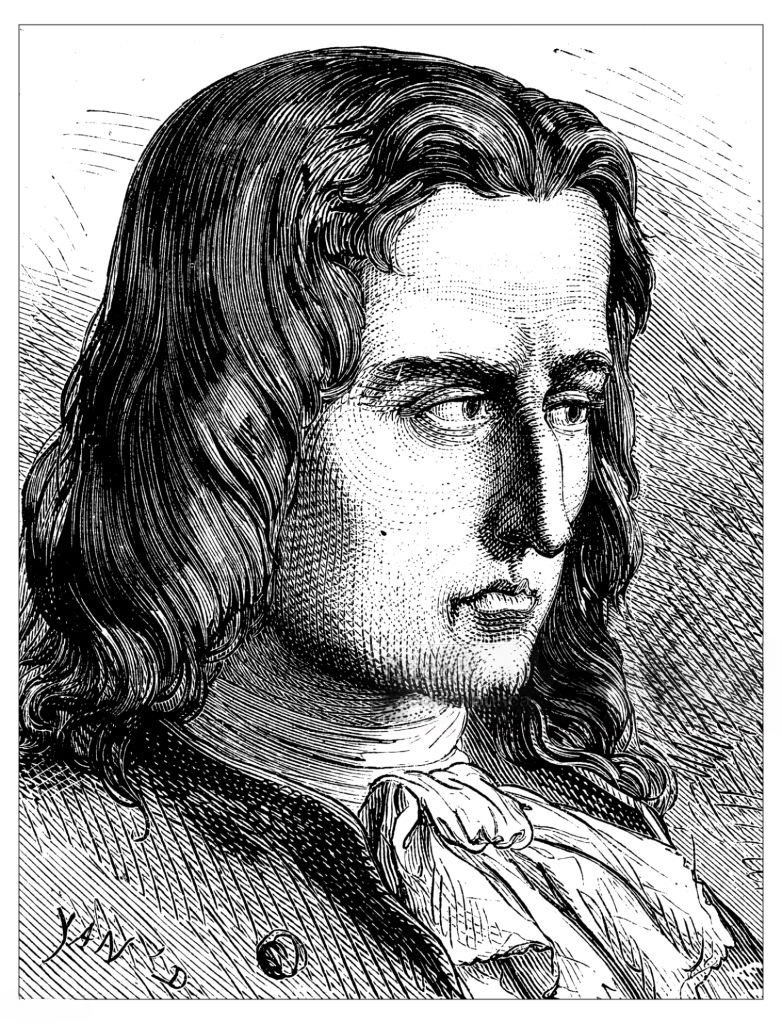Descartes’ Sixth Meditation: Mind, Body, and Reality Explained
René Descartes, often called the father of modern philosophy, wrote Meditations on First Philosophy in 1641. The text contains six meditations, each building upon the previous one. The sixth meditation, “Of the Existence of Material Things, and the Real Distinction between the Soul and the Body,” is one of the most important sections. It deals with questions that still matter today: Can we trust our senses? Do physical things exist outside our mind? And how is the mind different from the body?
Doubting Reality and the Body
Descartes began his philosophical project with doubt. In earlier meditations, he questioned the reliability of the senses, the possibility of dreaming, and even the existence of the physical world. By the time he reached the sixth meditation, the main problem was clear:
- If the senses can deceive us, how can we know whether material objects exist?
- If the mind and body feel so connected, how can we separate them and understand their relationship?
These are not abstract concerns. Even today, people debate whether consciousness is simply a product of the brain or if the mind is something separate. Descartes’ challenge was to explain this distinction in a way that could withstand skepticism.
Why This Problem Matters
This is not just a historical curiosity. The questions Descartes raised have practical consequences:
- Trust in Science: If we cannot trust our senses, how can science, which relies on observation, be valid?
- Human Identity: If the mind is separate from the body, what happens after death? Is the soul immortal?
- Medical Research: In modern neuroscience, the debate over whether thoughts are purely brain-based or have a non-physical element continues.
By showing the difficulty of separating mind and body, Descartes highlighted an issue that still fuels discussions in philosophy, psychology, and cognitive science.
Descartes’ Arguments in the Sixth Meditation
1. Existence of Material Things
Descartes argued that material things do exist. His reasoning was based on God’s nature. Since God is not a deceiver, Descartes concluded that our natural tendency to believe in an external world must be reliable. If material things did not exist, then God would be deceiving us by giving us such strong sensory impressions.
2. Distinction Between Mind and Body
One of the core claims of the sixth meditation is dualism. Descartes stated that the mind and body are two different substances:
- The mind is a thinking, non-extended thing.
- The body is an extended, non-thinking thing.
He emphasized that he could clearly and distinctly understand himself as a thinking being without needing a body. This clarity, for him, proved that the mind could exist independently of the body.
3. Interaction of Mind and Body
Even though the mind and body are distinct, Descartes explained that they interact closely. He pointed to sensations such as hunger, thirst, and pain as evidence of this interaction. For example, pain is not just an abstract thought but a signal that connects the mind with the physical body.
4. Limits of the Senses
Descartes acknowledged that the senses can mislead us in small cases (like optical illusions), but they are generally reliable when it comes to survival. For example, the sense of touch can alert us to danger, like fire burning the skin. This practical reliability supports the conclusion that the external world exists.
Influence on Modern Thought
Descartes’ sixth meditation continues to influence academic fields. A clear example can be seen in modern medicine and neuroscience:
- In medical practice, doctors recognize that mental states like stress and depression can influence physical health. This reflects Descartes’ idea of mind-body interaction.
- In neuroscience, research on brain injuries shows that damage to physical structures can affect memory, personality, or reasoning. This challenges Descartes’ strict separation but keeps the discussion alive.
Another case study, Philosophers of mind often revisit Descartes when debating whether machines can think. If the mind is non-physical, as Descartes claimed, then no matter how advanced AI becomes, it will lack true consciousness.
Practical Lessons from the Sixth Meditation
While Descartes wrote almost 400 years ago, we can draw lessons today:
- Critical Thinking: Questioning assumptions about reality helps strengthen our reasoning.
- Mind-Body Awareness: Recognizing the connection between mental health and physical health can guide lifestyle choices.
- Limits of Technology: As AI grows, the debate about consciousness and human uniqueness continues to echo Descartes’ distinction.
Conclusion
Descartes’ sixth meditation remains a cornerstone of philosophy. By tackling the problems of doubt, sensory reliability, and the relationship between mind and body, he shaped debates that continue today. His conclusion—that material things exist and that the mind and body are distinct yet connected—laid the foundation for modern discussions in philosophy, science, and medicine.
Understanding this meditation is not just about reading an old text. It is about recognizing how the same problems Descartes faced in the 17th century are still relevant in the 21st century.







